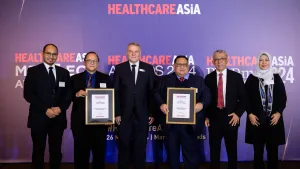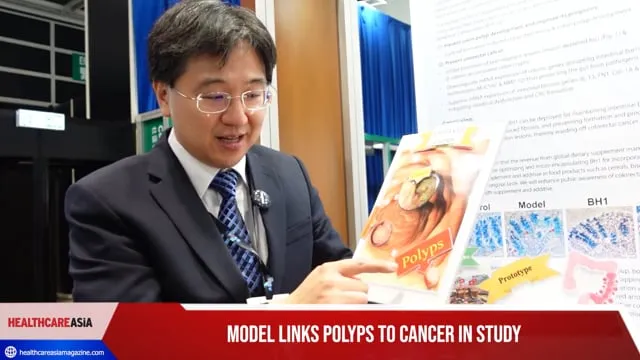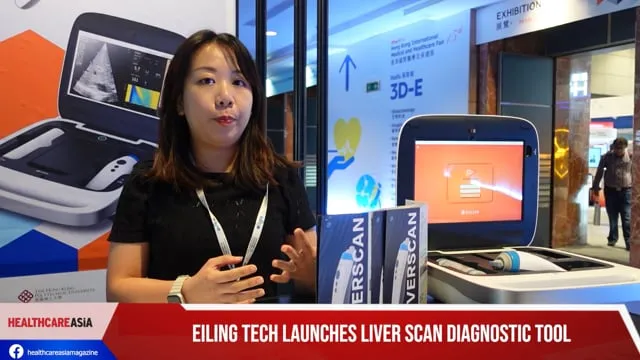
APAC healthcare centres struggle with public funding for heart failure meds
The study showed the global economic burden of heart failure is at US$346.17b.
Unveiling the hurdles in healthcare support, the Asian Pacific Society of Cardiology (APSC) survey reports economic burden and awareness issues in treating heart failure.
Over half of healthcare centers in the Asia Pacific region receive reimbursements with co-payments for heart failure treatment, Nearly a quarter receive no reimbursements, raising concerns over accessibility to essential medications and devices for heart failure patients.
The Asian Pacific Society of Cardiology (APSC) also found in its survey that 53% received reimbursements with co-payments for heart failure treatment whilst 23% received zero reimbursements.
Heart failure is a serious illness in which the heart cannot pump sufficient blood to meet bodily needs.
Low awareness
Other gaps include 74% saying there was suboptimal patient awareness, 71% saying there is a late referral for heart failure care, and 57% saying there is a lack of physician knowledge and awareness.
For discharge and follow-up care, 54% of the heart centres had discharge protocols.
Another note on heart failure, its diagnosis, and identification are also the most challenging on the back of public, patient, and physician’s lack of awareness and knowledge of the illness.
Symptoms are also nonspecific and at early stages can be unnoticed so they could be difficult to diagnose. What’s worse, patients in APAC can stay between five to 12.5 days in the hospital over treatment and 15% of patients of heart failure are readmitted to the hospital.
Biomarkers role
Heart failure is “typically diagnosed based on clinical signs and symptoms, likely due to limited access to a variety of imaging techniques and cardiac biomarker testing, as revealed by the APSC survey.”
The APSC advised patients with suspected heart failure to undergo a comprehensive assessment to allow appropriate interventions and treatment.
“These advances in diagnostics have provided effective assessment tools for clinicians to diagnose patients more confidently, and to also track disease progression which is key to reducing readmissions,” read the statement.
It was also highlighted that biomarker testing for natriuretic peptides (NP) is important for the diagnosis and monitoring of patients.
This is considered the gold standard tool for the diagnosis, prognostication, and management of heart failure.
Professor Alexandre Mebazaa, the primary investigator of STRONG-HF, said urgency in treating heart failure should be similar to the speedy response in cancer.
“There are irreversible implications to poorly managed heart failure and as seen with the STRONG-HF trial, with rapid simultaneous up-hydration of therapies, and close follow-up. This can lead to a marked improvement in patient quality of life,” said Mebazaa.
Heart attack
In a separate statement, other experts also weigh in on risk of severe complications from influenza. Professor Dr Tan Maw Pin, a consultant geriatrician, President of the Malaysian Society of Geriatric Medicine (MSGM), and member of the Malaysian Influenza Working Group (MIWG), shared some of his expertise.
“There are changes that occur in the immune system that leads to a decline in the ability of the body to fight off infections such as influenza; this is known as immunosenescence,” he said.
“Besides this, there is something known as inflammaging which is a chronic low-grade, non-infectious inflammation. This reaction could aggravate existing medical problems or lead to strokes and heart attacks,” he added.
Dr. Aslannif Roslan, Internal Medicine Specialist and Cardiologist from Institut Jantung Negara (IJN), said influenza can trigger a heart attack.
“A bad case of influenza – such as one that is complicated by pneumonia – can worsen your existing heart disease. Even those without heart disease but have the risk factors (such as old age, smoking, and type 2 diabetes) are at greater risk of developing a heart attack because of influenza,” he explained.
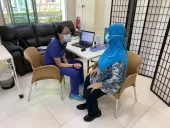

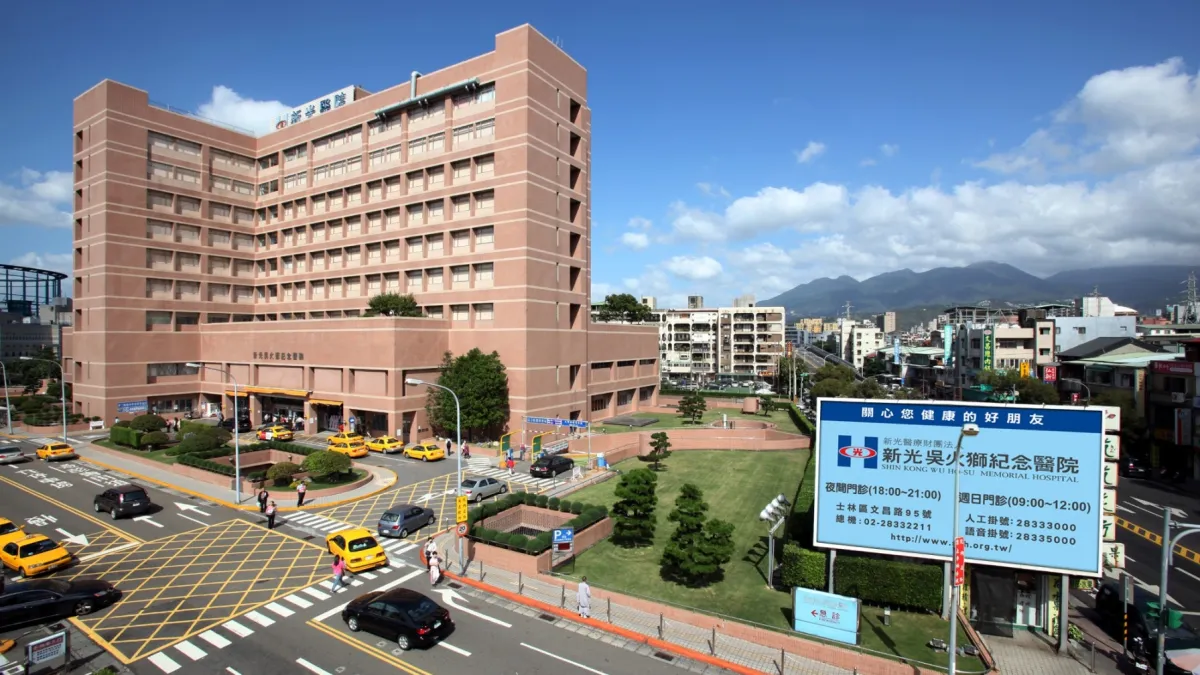


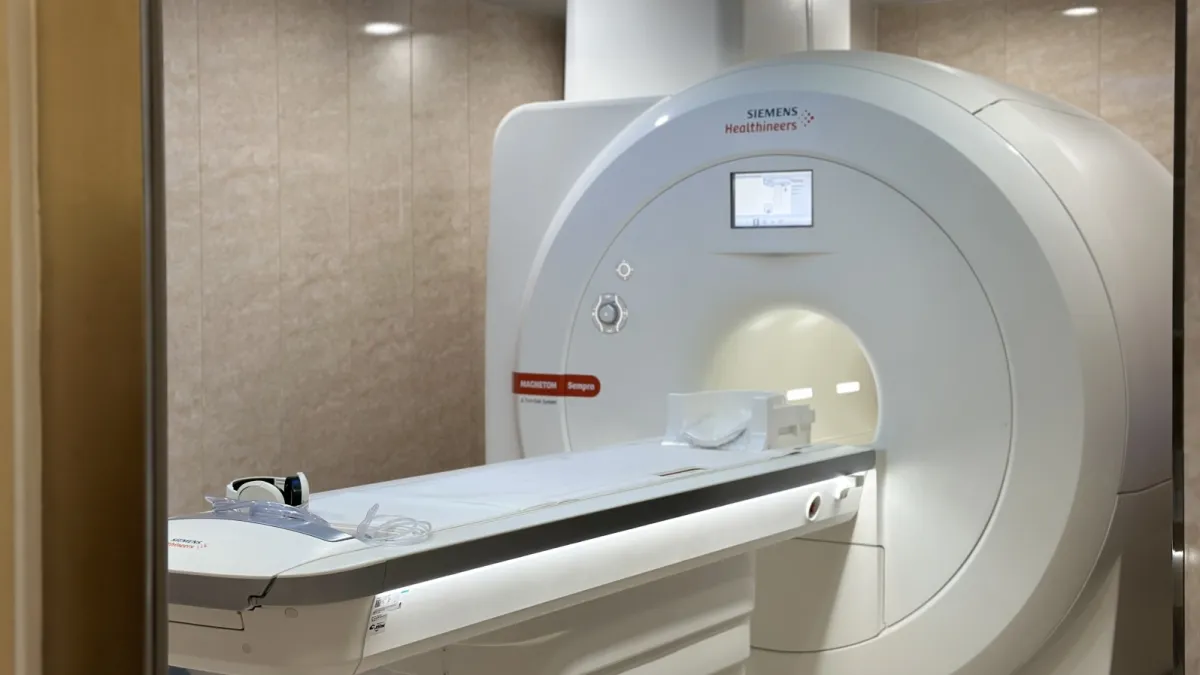




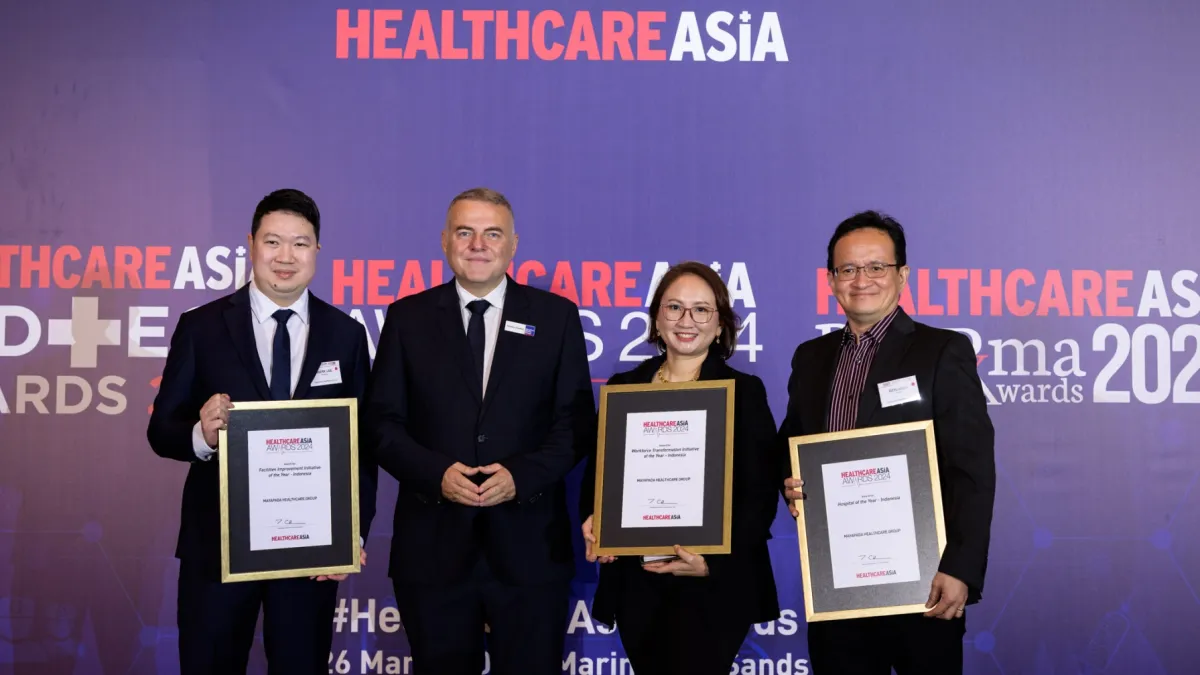
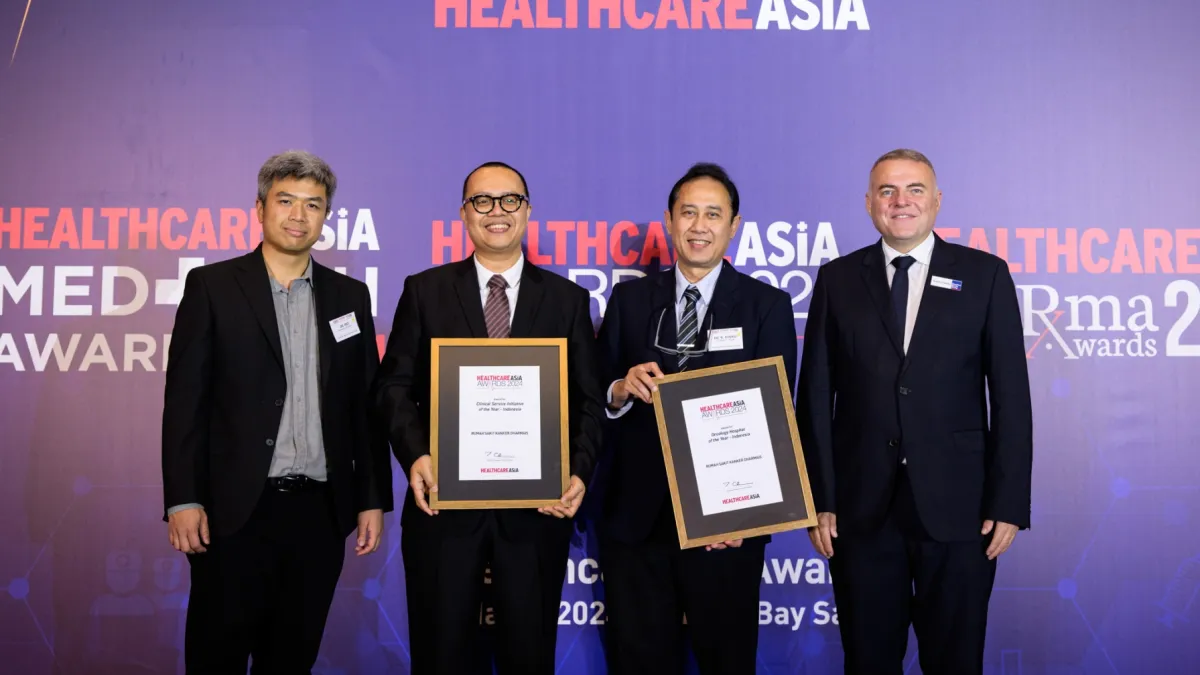
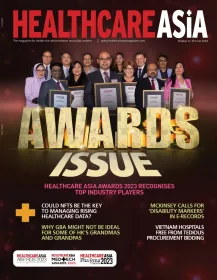
 Advertise
Advertise


